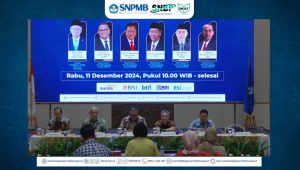Duck is one of the livestock commodities that have a high economic value. This is related to the endurance of the duck body and the ability of adaptation is quite high. The production of duck meat in Indonesia is always increasing. In 2017, the duck meat production was 42,318.86 tons, and then, it increased to 44,679.75 tons (in 2018) and 46,563.38 tons (2019). Peking duck is one type of duck with high meat productivity because globally, it tends to have the same performance as broilers in terms of body weight gain, feeds conversion ratio, and feed efficiency. This study aimed to determine the effect of probiotics and M. oleifera extract on the body weight gain, body weight, feed intake, feed efficiency, FCR, carcass yield, and mortality of Peking duck.
This study used 48 Peking ducks, divided into four treatments and six replications, each replication consisted of two ducks. The treatments were as follows: T0=control, T1= probiotic, T2= M. oleifera extract, and T3= probiotic + M. oleifera extract. The data were statistically analyzed through analysis of variance (ANOVA). If there is a noticeable difference (p<0.05) then the Duncan Double Distance Test continues. The result showed there was no significant difference (p>0.05) between body weight, feed intake, and mortality treatments. By contrast, control and treatment showed a significant difference (p<0.05) on feed efficiency, FCR, body weight gain, carcass weight, and percentage of carcass weight. Based on the study results, it can be concluded that the use of a combination of probiotics and M. oleifera extract can increase the production performance of Peking ducks and is safe for human’s health that consumes duck meat.
Author: Widya Paramita Lokapirnasari
Title and article link: Effect of probiotic and Moringa oleifera extract on performance, carcass yield, and mortality of Peking duck
Article Link: http://www.veterinaryworld.org/Vol.15/March-2022/20.pdf









